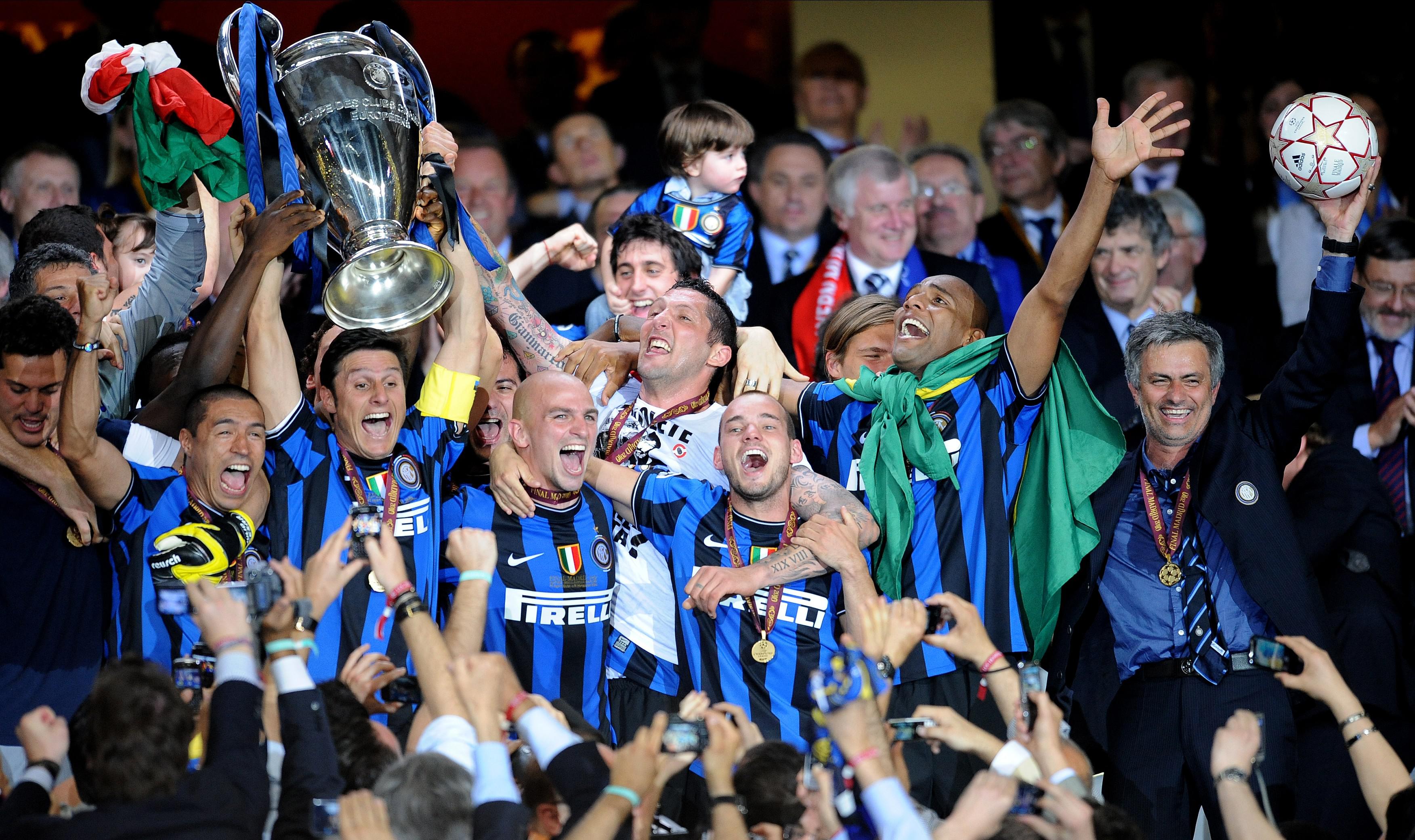Red-hot Blue to bench-dwelling onlooker: What has happened to Juan Mata?
The Spain international used to be the Premier League's best playmaker but has now been dropped in favour of Jesse Lingard and Marouane Fellaini. Alex Hess asks where it all went wrong...
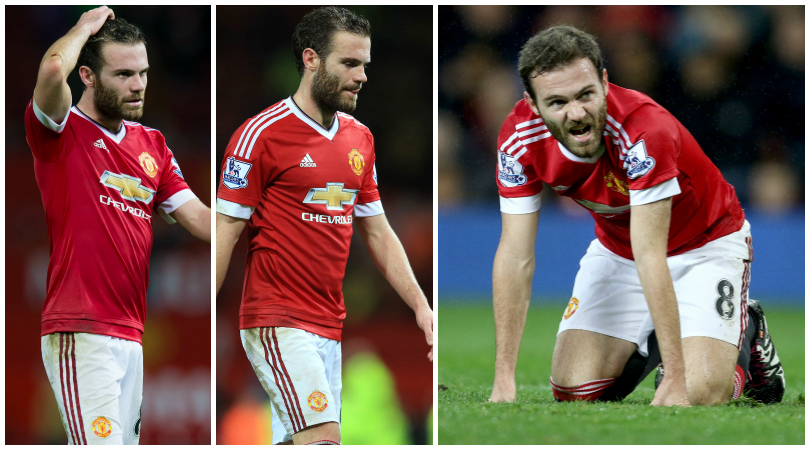
It is easy to forget, after all these months of ploddingly joyless football as part of a ploddingly joyless team, just how thrilling it used to be to simply sit down and watch Juan Mata at work.
This week marks two years since Mata’s Manchester United career began. While the Spaniard has hardly been a disaster since he packed his bags, put on his Sunday best and upped sticks to Manchester by personal helicopter (not even a down-to-earth chap like him is immune to the absurdity of modern football), it’s difficult to look back on the recent turns his career has taken and not lament the quiet deterioration of one of the country’s most exuberant and incisive talents.
![Juan Mata - Top 10 Goals for Chelsea FC - [HD]](https://cdn.mos.cms.futurecdn.net/XQQxs9ztEgB24HbaXn7Grb.gif)
Mata was only at Chelsea for two full seasons but that was plenty of time to establish himself as a rare breed of player who marries high-risk adventurousness with unstinting levels of productivity. He was also one of a small band of continental playmakers – along with the likes of David Silva and Luka Modric – who, at the nadir of English football’s longstanding identity crisis, showed up on these shores to demonstrate the value of technique and wit over blood and thunder.
It is no coincidence that the squads of Chelsea, Liverpool, Arsenal and Tottenham are now bursting at the seams with pocket-sized No.10s.
Age of the playmaker
There is an identifiable moment in Mata’s career when the freewheeling thrills gave way to a more stifled and discontented run of form that’s never truly been shaken off
All well and good, but the problem facing Mata is that while he once sat atop the Premier League’s pantheon of playmakers, these days he’s staring up at a throng of newcomers – outstripped recently by everyone from Mesut Ozil, to Christian Eriksen, to Dimitri Payet.
Sometimes he’s even doing his staring from the bench: the man who at 27 should be accelerating into his prime, and who two-and-a-half years ago was looking back on a blistering season of 20 goals and 28 assists. That man is now being kept out of a catastrophically bad United side by Jesse Lingaard and Marouane Fellaini. So where exactly did it all go wrong?
Get FourFourTwo Newsletter
The best features, fun and footballing quizzes, straight to your inbox every week.
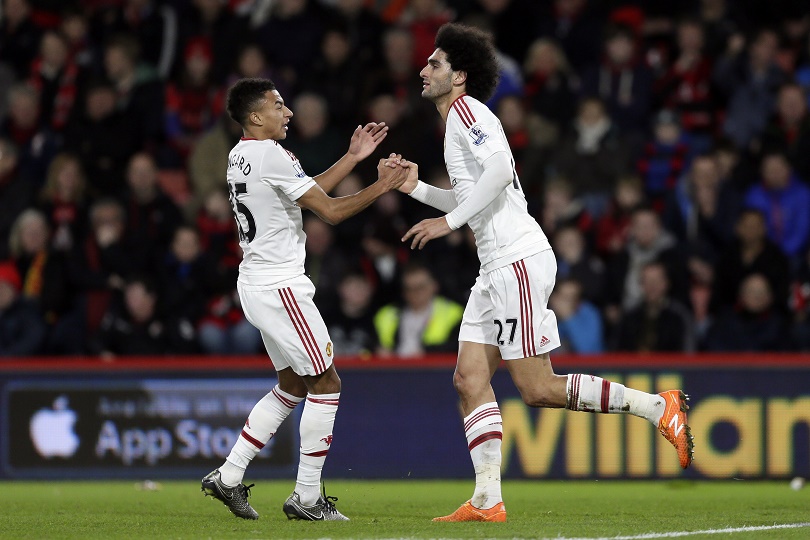
Certainly there is an identifiable moment in Mata’s career when the freewheeling thrills gave way to a more stifled and discontented run of form that’s never truly been shaken off. That was, of course, the day Jose Mourinho pitched up in west London and decided that Cobham just wasn't big enough for the both of them. It’s unknown to what extent this was driven by internal politics, tactical conservatism or good old-fashioned megalomania (the old political maxim “never apologise, never explain” was surely coined with Mourinho in mind).
What’s less obvious is why Mata hasn't been the same player since.
Free spirits
Shaun Wright-Phillips, Ricardo Quaresma, Andriy Shevchenko and Andre Schurrle were all high-end, risk-taking attackers at the point their careers converged with Mourinho’s, only to see their skillsets critically blunted thereafter
He’s hardly alone here. Shaun Wright-Phillips, Ricardo Quaresma, Andriy Shevchenko and Andre Schurrle were all high-end, risk-taking attackers at the point their careers converged with Mourinho’s, only to see their skill sets critically blunted thereafter. Joe Cole, as with Oscar and Willian a decade later, was permitted a place in the Chelsea team only once his silk-booted élan had been supplanted by a shuttle-runner’s diligence.
Kaka, Mohamed Salah and Juan Cuadrado may all opine on the matter if asked privately, while Iker Casillas – for so long the world’s undisputed No.1 goalkeeper but now an error-prone cross-fumbler at just 34 – might reluctantly testify to Mourinho’s power to damage and demoralise with terminal effect.

How much influence the episode has had on Mata’s subsequent form is a matter of speculation, but the theory has hardly been tested under fair conditions. More than anything, his move to a malfunctioning United, an entire club reeling from post-Ferguson trauma, has smacked mostly of compounded misfortune. There is a segment in the film The Revenant in which Leonardo DiCaprio miraculously escapes a number of vicious attacks on his life only to be plunged into a freezing river and hurled brutally down a giant waterfall, an episode that calls to mind Mata’s move from Chelsea to United.
False start
It's harder to quantify exactly how many potential forages forward have been declined in favour of a safety-first square pass infield, but you'd imagine those have hit unforeseen heights of late
And yet things started well at Old Trafford, the Spaniard getting straight in among the goals (six in his first half-season) and taking the in-house Player of the Month award twice.
It should be remembered that, by the standards of those around him, Mata has had a perfectly decent couple of years. He has actually been among United's brighter sparks for much of his time there (though that says far more about the club than the player) and has been central to the few high points of Van Gaal’s tenure (a clinical brace at Anfield, that sweeping team goaal against Southampton). By the soaring standards he set at Stamford Bridge, though, he has been underwhelming.
Consider the following: Mata is now attempting key passes at lower than half the rate as in his final, magnificent season at Chelsea. His crossing has decreased by two-thirds, he is drawing half as many fouls and taking half as many shots from outside the box. In short, he’s stopped taking risks. It's harder to quantify exactly how many potential forages forward have been declined in favour of a safety-first square pass infield, but you'd imagine those have hit unforeseen heights of late.
Who's to blame?
Is it not the duty of the playmaker to inject some fluency and rhythm into a stuttering side?
There is a certain element of chicken and egg at work with regard to Mata’s United career,in that it's plainly not easy for an individual be thrown into a botched, incoherent system and thrive – and doubly so when the player’s entire purpose is to knit everything together into a cohesive unit. But then, on the other hand, is it not the duty of the playmaker to inject some fluency and rhythm into a stuttering side?
The case for his defence – and it’s solid – is that he is merely one name (along with Wayne Rooney, Ander Herrera, Memphis Depay and Anthony Martial) on a lengthy list of flair players who appear to have had their spontaneity bludgeoned out of them by the iron fist of keep-ball with which Van Gaal governs. This group plight suggests Mata is more symptom of United’s ills than cause.
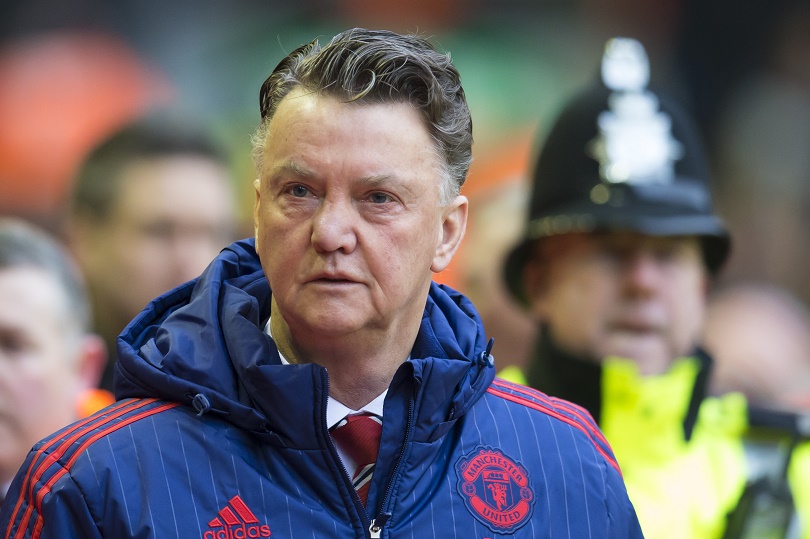
But before we get too teary, we should remember that Mata has been a world and European champion with Spain and owns Champions League and UEFA Cup medals, as well as a litany of individual honours. He is 27 and a millionaire many times over. To label him as desperately unfortunate would be to wave goodbye to any notion of perspective.
Time running out?
Being both an undeniably wonderful footballer and an obviously likeable bloke, he belongs to an exclusive bracket of players whose well-wishers tend to transcend tribal allegiances
And yet watching him gaze on from the sidelines last weekend as Fellaini shinned one five-yard pass after another into touch, it seemed impossible to deny that his career has been knocked wildly off kilter by forces beyond his control. That his defining trait – that razor-edged creativity, which so many managers would dream of building their team around – seems to have been rendered collateral damage in not just one regime of compulsive control-freakery, but two.
Fortunately, Mata has a good few years left in him yet. And being both an undeniably wonderful footballer and an obviously likeable bloke, he belongs to an exclusive bracket of players whose well-wishers tend to transcend tribal allegiances. There is no shortage of fans who hope the Mata of old is simply waiting for the right time to reappear and re-establish himself.
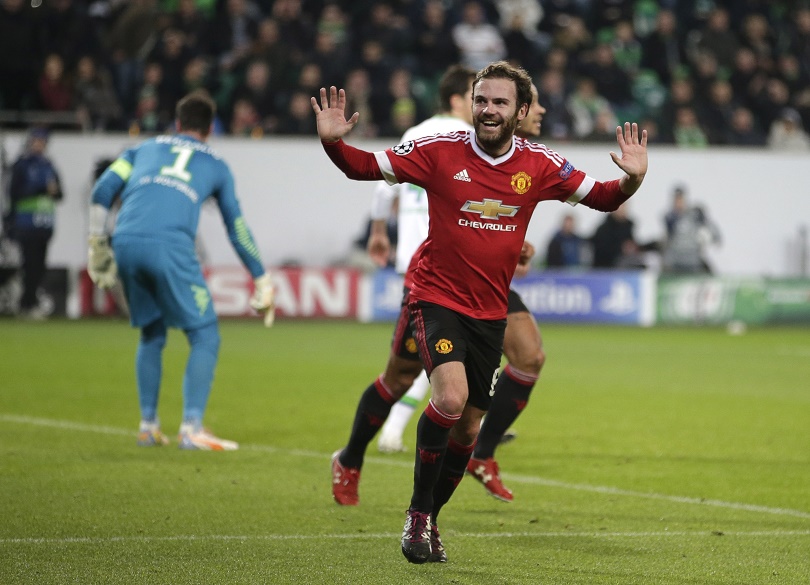
The sooner the better, though: right now, we are approaching the point where the line between dip and decline starts look worryingly thin.
RECOMMENDED
- Analysed: Why Man United's full-back headache is compounding Van Gaal's misery
- 13 Premier League players who should move to keep their Euro 2016 hopes alive
- Manchester United to punish Van Gaal with new contract
- Van Gaal at Bayern: When Louis averted a crisis – then talked himself into a bitter exit
